Leading With an Open Door
Four ways a new president demonstrates authenticity and curiosity
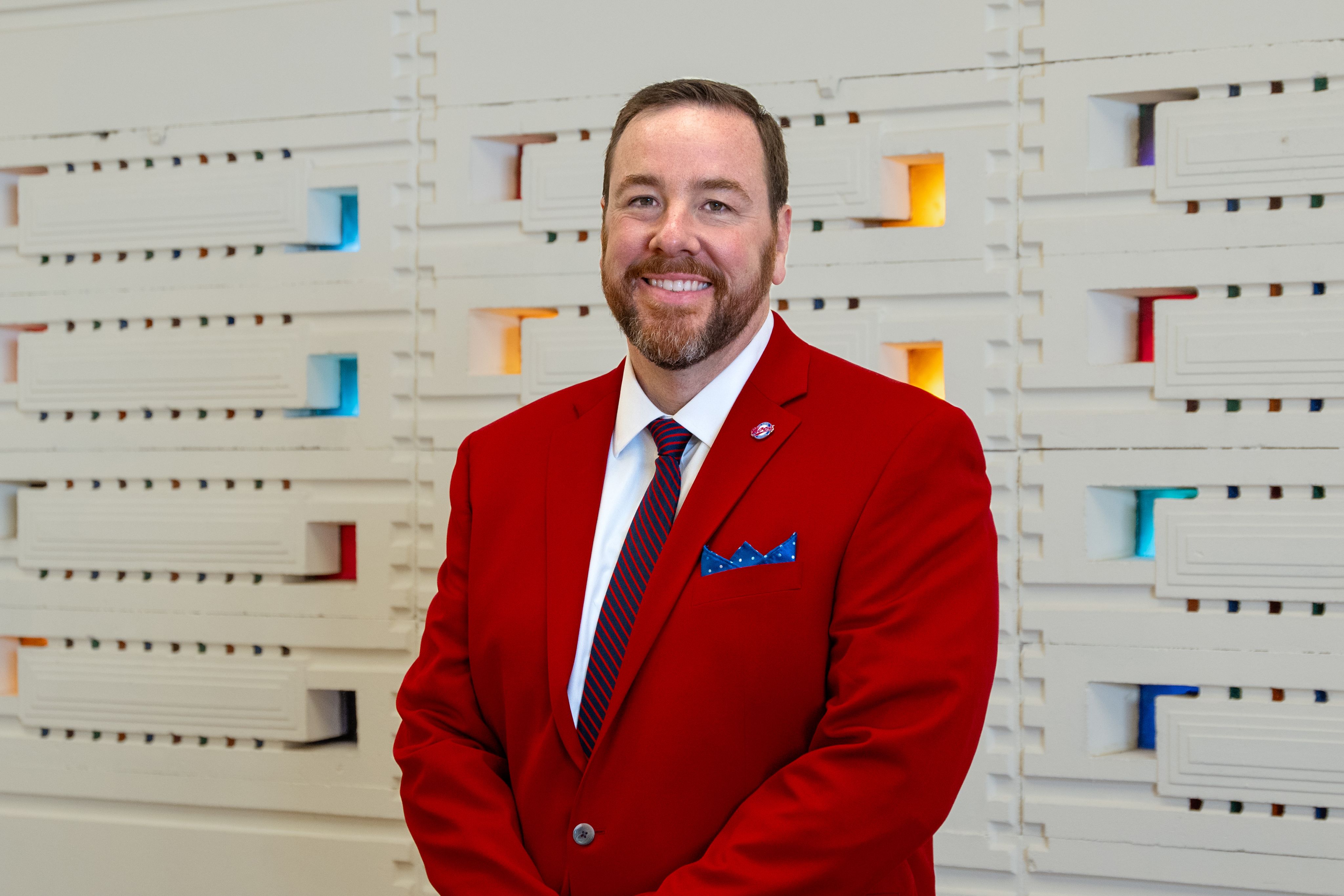
Walk through Florida Southern College’s leafy campus, and chances are you’ll run into President Jeremy P. Martin. It takes just 15 minutes to crisscross the 115-acre campus, so Martin always makes a point of being out and about. He’s known for greeting students and staff with a cheerful, “Happy Tuesday!”
Less than a year into the job, Martin is earning a reputation among the college’s faculty, staff, and 3,000 students for being approachable — and he’s leaning into it. He’s said yes to nearly every invitation and often issues them himself, hosting events and informal gatherings like Dock Talks where conversations unfold lakeside with students.
For Martin, this constant conversation on campus comes naturally. A former college basketball player and coach, Martin brings a team-first, open-door mindset to leadership. He joined Florida Southern in August 2024 after 16 years at William & Mary where he most recently served as vice president for strategy and innovation. There, the leaders he worked under often took similar jaunts across campus to greet students.
When he took the helm at Florida Southern, the college in Lakeland already had a strong track record of student success, built around what the college calls the “enrollment to employment” journey for students. It boasts a 99.1 percent postgraduate placement rate and career services regularly ranks in the top 20 nationally by the Princeton Review.
To continue building on that success, Martin’s leadership philosophy is rooted in openness, collaboration, and constant conversation. He always makes the time to pause and listen. At a place like Florida Southern, it’s easy to do. “It’s really a blessing of the size and the scale that we have,” he said.
But there’s also plenty to learn. “I tell students this all time, every human being you meet [no matter the age] is just trying to figure it out,” Martin said. “If you will come to every encounter … as if they too are just trying to figure it out, it's a pretty great basis to learn alongside everyone you meet.”
As he settles into his role, here are four ways Martin is leading with curiosity and authenticity to foster a culture at Florida Southern where ideas and innovation can thrive.
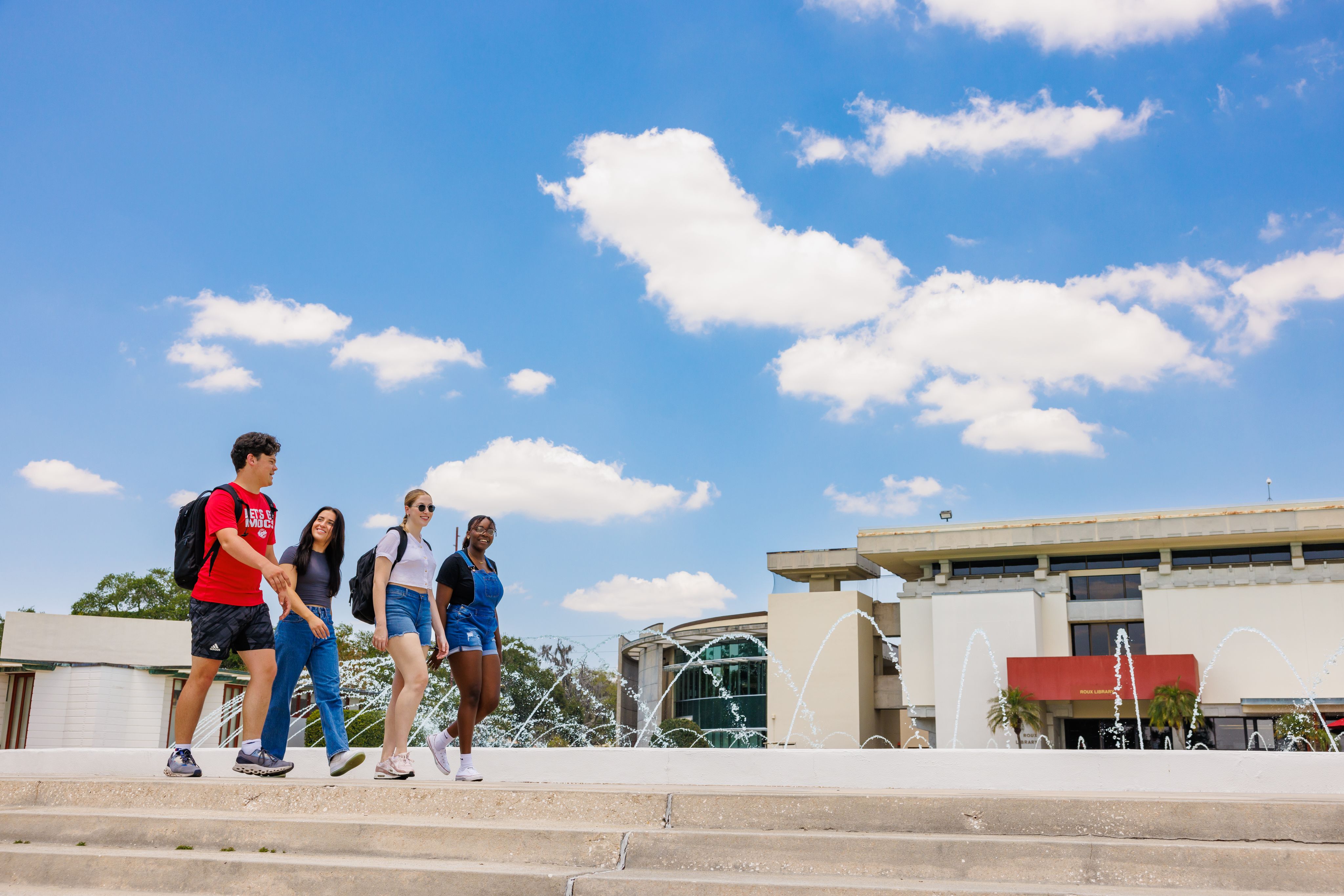
Walk through Florida Southern College’s leafy campus, and chances are you’ll run into President Jeremy P. Martin. It takes just 15 minutes to crisscross the 115-acre campus, so Martin always makes a point of being out and about. He’s known for greeting students and staff with a cheerful, “Happy Tuesday!”
Less than a year into the job, Martin is earning a reputation among the college’s faculty, staff, and 3,000 students for being approachable — and he’s leaning into it. He’s said yes to nearly every invitation and often issues them himself, hosting events and informal gatherings like Dock Talks where conversations unfold lakeside with students.
For Martin, this constant conversation on campus comes naturally. A former college basketball player and coach, Martin brings a team-first, open-door mindset to leadership. He joined Florida Southern in August 2024 after 16 years at William & Mary where he most recently served as vice president for strategy and innovation. There, the leaders he worked under often took similar jaunts across campus to greet students.
When he took the helm at Florida Southern, the college in Lakeland already had a strong track record of student success, built around what the college calls the “enrollment to employment” journey for students. It boasts a 99.1 percent postgraduate placement rate and career services regularly ranks in the top 20 nationally by the Princeton Review.
To continue building on that success, Martin’s leadership philosophy is rooted in openness, collaboration, and constant conversation. He always makes the time to pause and listen. At a place like Florida Southern, it’s easy to do. “It’s really a blessing of the size and the scale that we have,” he said.
But there’s also plenty to learn. “I tell students this all time, every human being you meet [no matter the age] is just trying to figure it out,” Martin said. “If you will come to every encounter … as if they too are just trying to figure it out, it's a pretty great basis to learn alongside everyone you meet.”
As he settles into his role, here are four ways Martin is leading with curiosity and authenticity to foster a culture at Florida Southern where ideas and innovation can thrive.
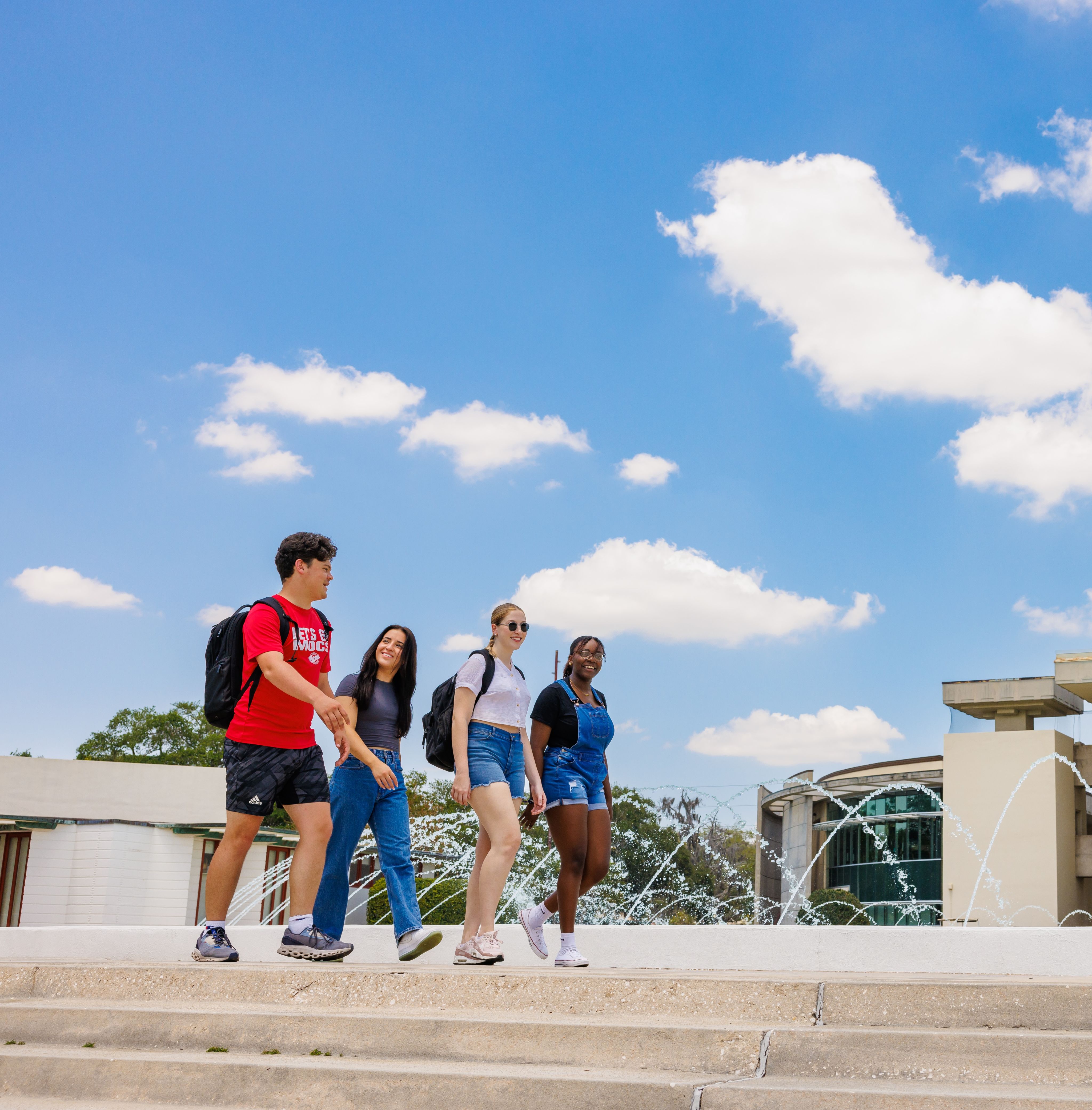
1. Carry Yourself as a Co-Learner and Teammate
In the middle of a staff meeting, Martin is known to ask, “Great teammates do what?” The right answer: “They show up, they give their best effort, and they celebrate others.”
That mindset probably traces to his basketball days, he said. “In most of what I do, I'm trying to be a great teammate to everybody here at Florida Southern.”
As Martin sees it, Florida Southern’s team includes everybody on campus — students, faculty, and staff. Altogether they strive to make good on the college’s mission, which is to prepare students for lives of positive and consequential impact through dynamic, engaged learning in an iconic setting.
Those dynamic learning experiences come when the team works together. Staff and professors organize faculty-led travel and internships. Students take part, learn, and grow. And, as president, Martin journeys alongside all of them as a co-learner and teammate. He shows up, asks questions, listens deeply, and makes the changes required to ensure the campus evolves with students and is set up to meet their needs into the future.
“The number 1 strategy for retention is to be a place [where] students want to be,” Martin said. “At the end of the day, our campus has a lake with a water ski jump in front of it. It's a pretty great place to be, but something that you're working at that all the time. How do we be a place that students want to live and learn?”
“In most of what I do, I'm trying to be a great teammate to everybody here at Florida Southern.”
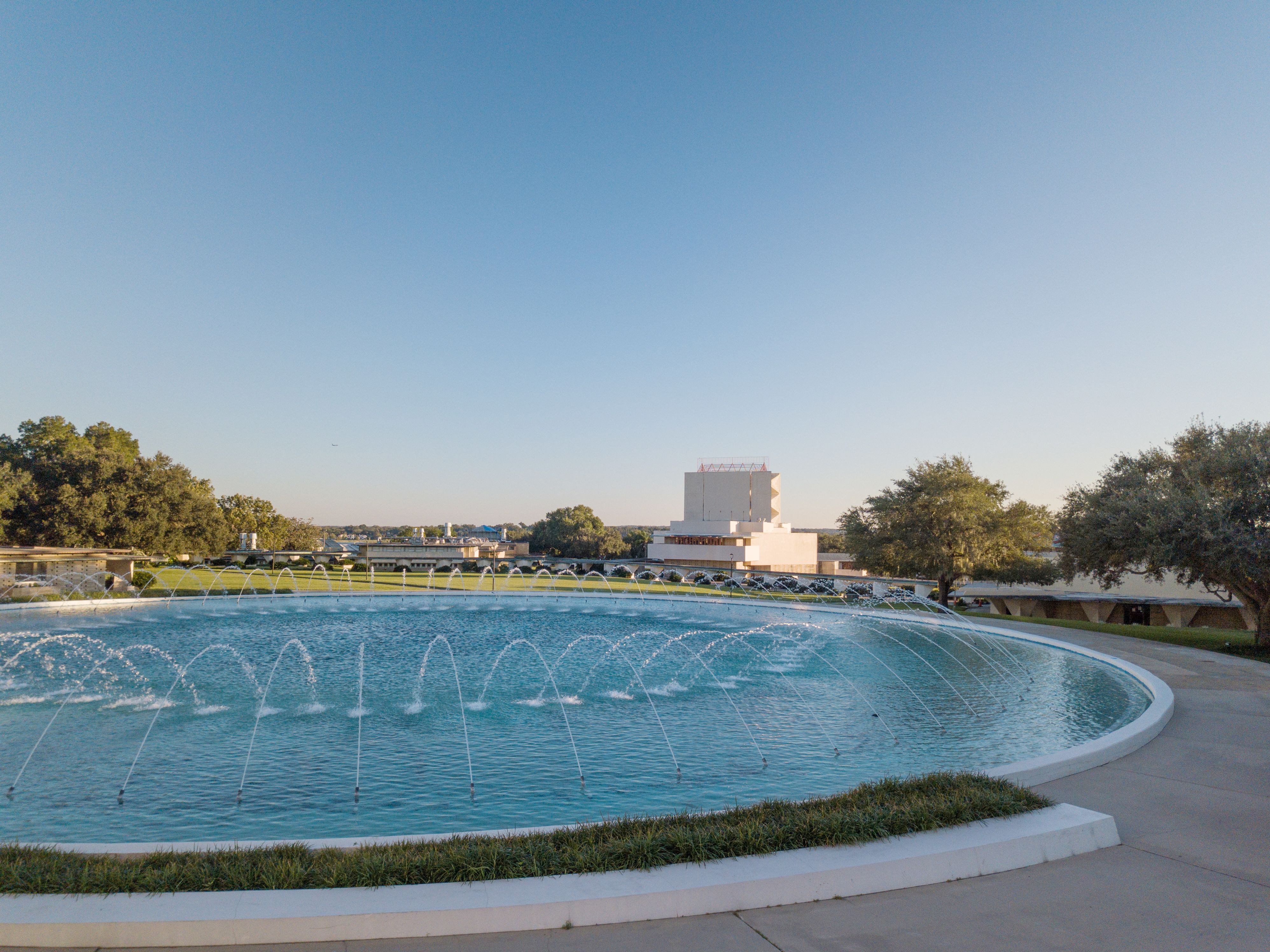
1. Carry Yourself as a Co-Learner and Teammate
In the middle of a staff meeting, Martin is known to ask, “Great teammates do what?” The right answer: “They show up, they give their best effort, and they celebrate others.”
That mindset probably traces to his basketball days, he said. “In most of what I do, I'm trying to be a great teammate to everybody here at Florida Southern.”
As Martin sees it, Florida Southern’s team includes everybody on campus — students, faculty, and staff. Altogether they strive to make good on the college’s mission, which is to prepare students for lives of positive and consequential impact through dynamic, engaged learning in an iconic setting.
Those dynamic learning experiences come when the team works together. Staff and professors organize faculty-led travel and internships. Students take part, learn, and grow. And, as president, Martin journeys alongside all of them as a co-learner and teammate. He shows up, asks questions, listens deeply, and makes the changes required to ensure the campus evolves with students and is set up to meet their needs into the future.
“The number 1 strategy for retention is to be a place [where] students want to be,” Martin said. “At the end of the day, our campus has a lake with a water ski jump in front of it. It's a pretty great place to be, but something that you're working at that all the time. How do we be a place that students want to live and learn?”
“In most of what I do, I'm trying to be a great teammate to everybody here at Florida Southern.”
2. Admit When You Don't Know the Answer
The best piece of advice Martin ever got about young people came from Robert M. Gates, the former U.S. secretary of defense and president of Texas A&M University, who is now chancellor at William & Mary.
Gates once said, Martin remembered, “‘Young people can smell inauthenticity a mile away. Be genuine when you don't have the answer. Be open with them when you don't know. Tell them you'll work on it, but be honest and open.’”
When Martin fields a question he doesn’t know the answer to, he doesn’t cobble together an answer on the fly. He uses opportunities like these to reinforce existing campus structures, pointing the individual to the student body government or the faculty senate, which might be in a better place to provide an answer.
"I’m not walking around offering dictums at every moment. I’m hearing what matters to you about our campus and how we might address those things together.”
Or, he’ll share his email address and ask them to reach out so they can schedule a time to talk. “I’m not walking around offering dictums at every moment,” Martin said. “I’m hearing what matters to you about our campus and how we might address those things together.”
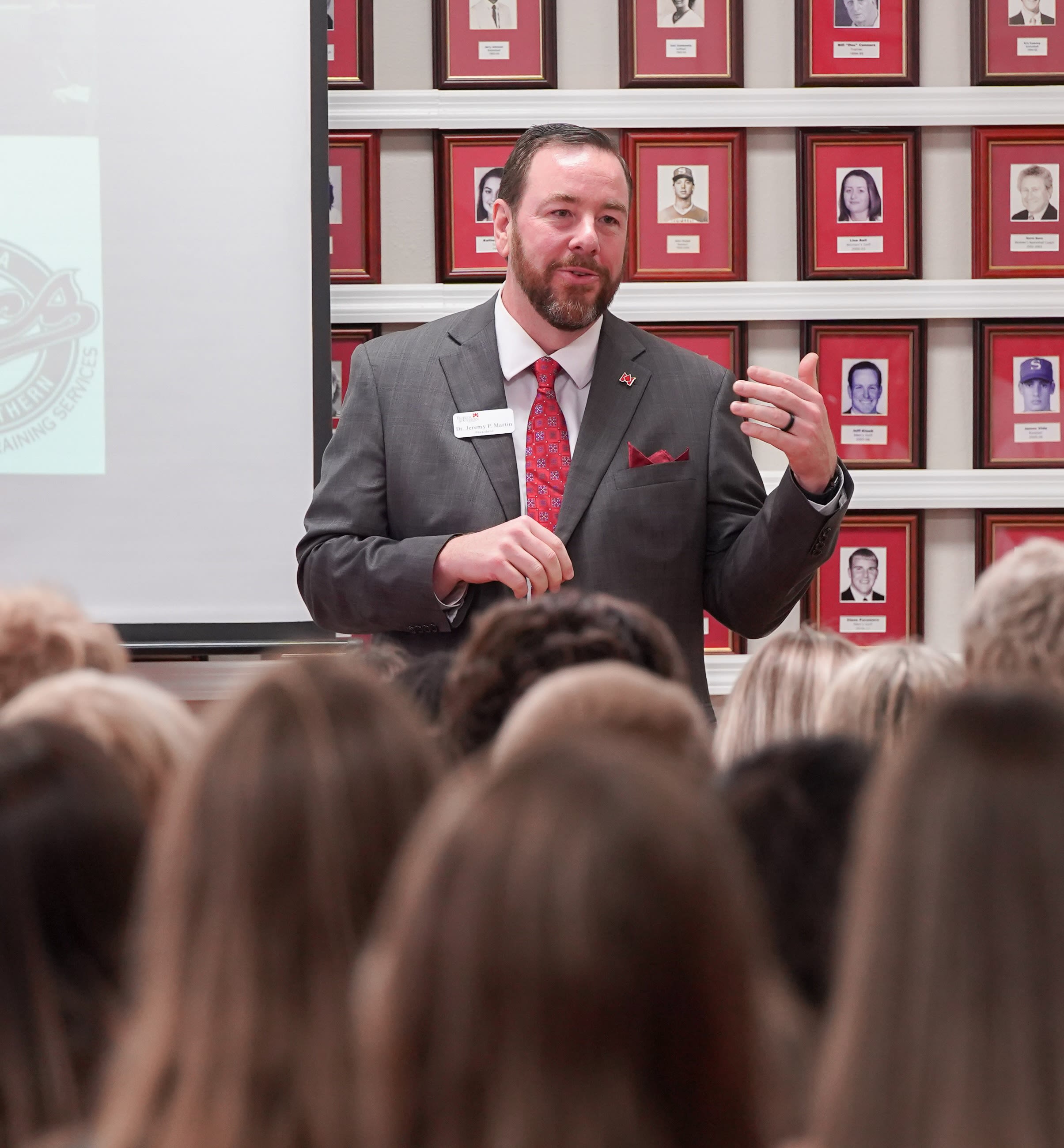
3. Ask Open-Ended Questions
Unstructured, student-led conversations can build connection and turn up new ideas or emerging needs. So, when Martin meets with students, he doesn’t come with an agenda. Instead, he asks a few open-ended questions designed to nurture dialogue. Then, he listens. “You just stop, and you see what they fill that space with,” Martin said.
For example, at one Dock Talk, a mix of upperclassmen and freshmen attended, so Martin started with simple, open-ended questions for each group of students.
He asked the freshmen what drew them to Florida Southern. To the returning students, he wanted to know what advice they would give the freshmen, based on their interests, to help them make the most of their time on campus. They swapped tips on STEM classes and performing arts opportunities.
When Martin recently asked Florida Southern’s Presidential Ambassadors, a group of student leaders, to name their favorite place on campus, several mentioned their dorm rooms.
On a campus that the Princeton Review has consistently ranked among the country’s most beautiful colleges, the answer stuck with him. It was a reminder, he said, that today’s students, shaped by the isolation of the pandemic, may still be learning how to engage socially. For some, the dorm might feel like the most comfortable place to connect. And those threads matter, as Martin and his team look for ways to help students build community, whether in small, informal settings like a dorm lounge or in larger campus events.
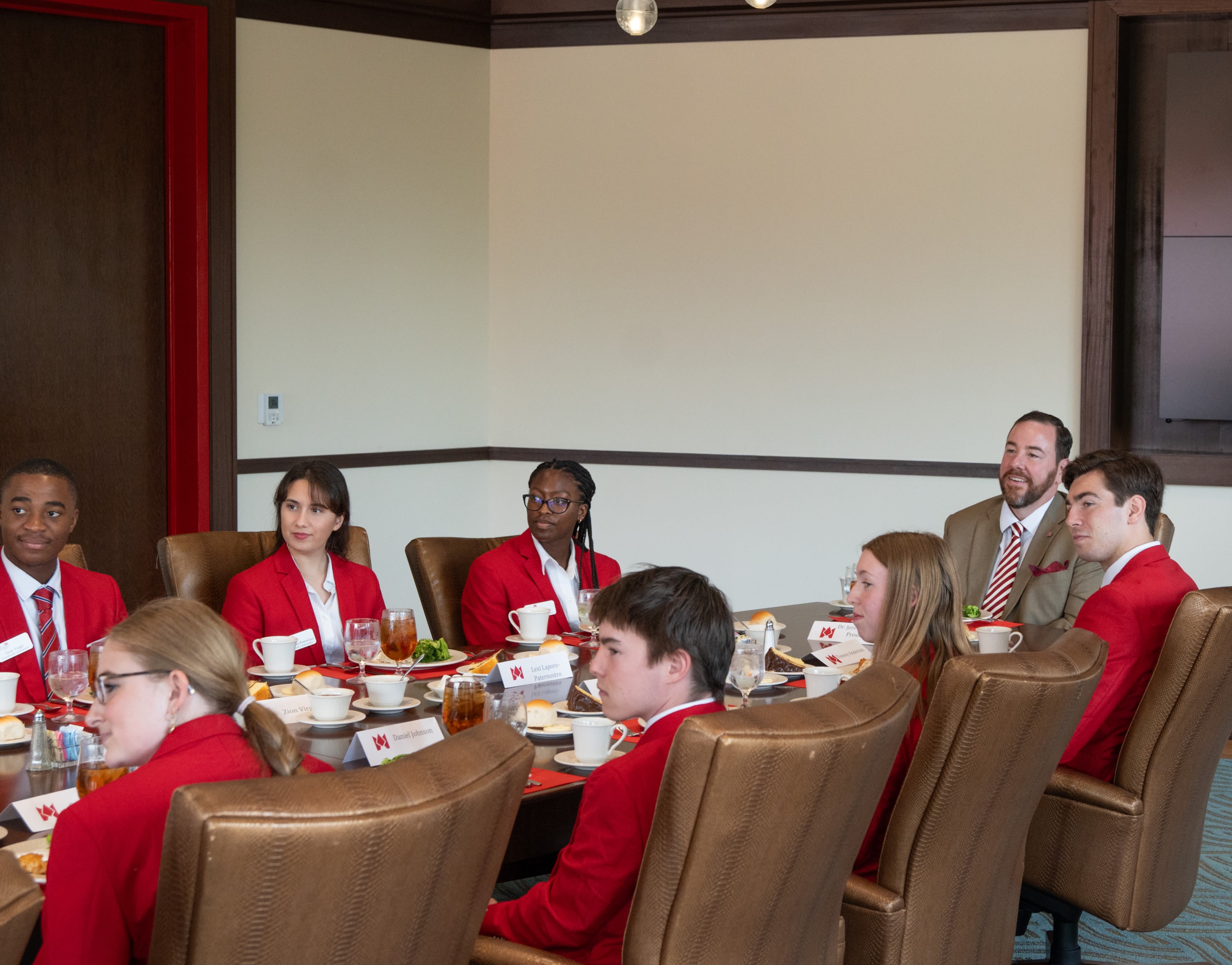
3. Ask Open-Ended Questions
Unstructured, student-led conversations can build connection and turn up new ideas or emerging needs. So, when Martin meets with students, he doesn’t come with an agenda. Instead, he asks a few open-ended questions designed to nurture dialogue. Then, he listens. “You just stop, and you see what they fill that space with,” Martin said.
For example, at one Dock Talk, a mix of upperclassmen and freshmen attended, so Martin started with simple, open-ended questions for each group of students.
He asked the freshmen what drew them to Florida Southern. To the returning students, he wanted to know what advice they would give the freshmen, based on their interests, to help them make the most of their time on campus. They swapped tips on STEM classes and performing arts opportunities.
When Martin recently asked Florida Southern’s Presidential Ambassadors, a group of student leaders, to name their favorite place on campus, several mentioned their dorm rooms.
On a campus that the Princeton Review has consistently ranked among the country’s most beautiful colleges, the answer stuck with him. It was a reminder, he said, that today’s students, shaped by the isolation of the pandemic, may still be learning how to engage socially. For some, the dorm might feel like the most comfortable place to connect. And those threads matter, as Martin and his team look for ways to help students build community, whether in small, informal settings like a dorm lounge or in larger campus events.
4. Be an Active Listener
Good ideas don’t come from assumptions, Martin said — they come from listening. His approach is to continuously check the pulse of what students, faculty, and staff are saying and sharing. When it’s time to shape a new initiative, he can ground ideas in real needs, woven together from the conversations he’s had along the way.
That mindset is guiding big changes ahead at Florida Southern, home to the largest single-site collection of Frank Lloyd Wright architecture in the world. In fall 2025, the college will fulfill a decades-long dream: opening an architecture school. “We’re a Frank Lloyd Wright campus,” Martin noted. “We should have a school of architecture.”
And in fall 2026, the school will grow to include a construction management major. That program comes thanks to listening to the industry, tracking student interest and responding to the needs of the local region, one of the fastest-growing counties in the United States, Martin said.
“When these things work really well, you're thinking about, what natural advantages do you have, what opportunities are there that meet needs in the market, as well as student interests,” he said. “And when you pull all those things together, it's a remarkable outcome.”
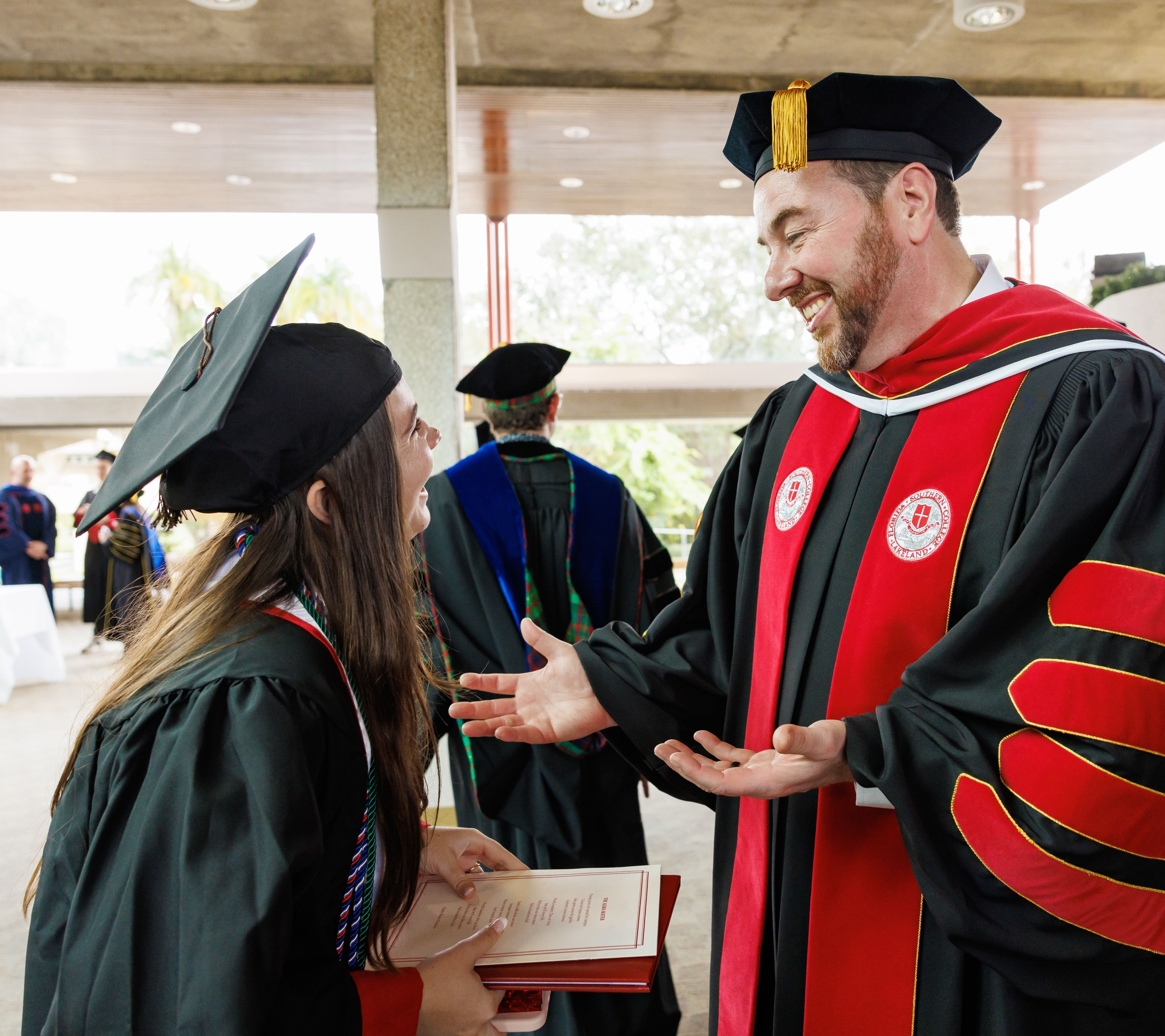
4. Be an Active Listener
Good ideas don’t come from assumptions, Martin said — they come from listening. His approach is to continuously check the pulse of what students, faculty, and staff are saying and sharing. When it’s time to shape a new initiative, he can ground ideas in real needs, woven together from the conversations he’s had along the way.
That mindset is guiding big changes ahead at Florida Southern, home to the largest single-site collection of Frank Lloyd Wright architecture in the world. In fall 2025, the college will fulfill a decades-long dream: opening an architecture school. “We’re a Frank Lloyd Wright campus,” Martin noted. “We should have a school of architecture.”
And in fall 2026, the school will grow to include a construction management major. That program comes thanks to listening to the industry, tracking student interest and responding to the needs of the local region, one of the fastest-growing counties in the United States, Martin said.
“When these things work really well, you're thinking about, what natural advantages do you have, what opportunities are there that meet needs in the market, as well as student interests,” he said. “And when you pull all those things together, it's a remarkable outcome.”
This content was paid for and created by Florida Southern College. The editorial staff of The Chronicle had no role in its preparation. Find out more about paid content.










